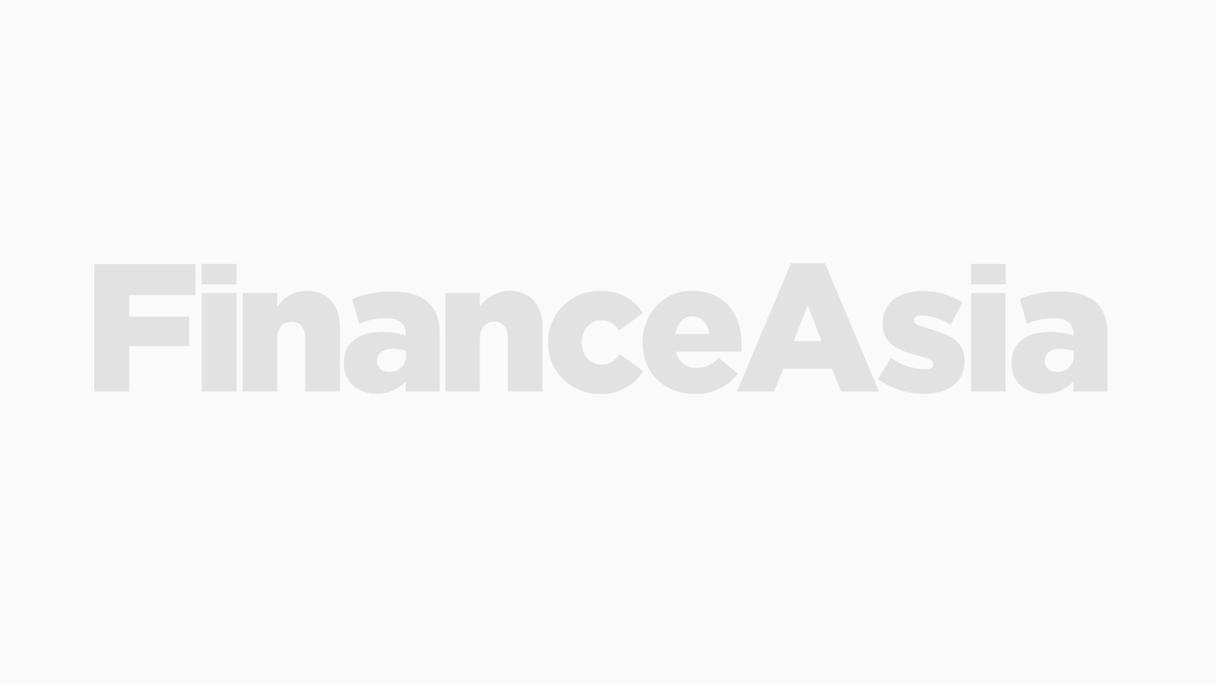The leads, JPMorgan, Merrill Lynch and Morgan Stanley, released initial guidance on Wednesday at 195bp-215bp over mid-swaps or 250bp to 270bp over US Treasuries. That range was tightened further as the deal picked up traction during the extensive roadshow schedule to 247bp to 250bp over Treasuries.
The $340 million perpetual non-call 10-year deal prices at a re-offer of 99.324% on a coupon of 7.25%, to yield at 7.341%. That equates to a spread of 247bp over Treasuries or 194bp over mid-swaps.
The deal is rated Baa2/BB- by MoodyÆs and S&P.
The leads were able to get such aggressive pricing on the back of a mammoth order book that closed at $3.6 billion, an oversubscription ratio of over 10.5-times - bought by 220 accounts.
Structuring the deal as a Reg-S/144A clearly paid off, with the deal selling 37% to US accounts. The remaining 63% was split between Asia with 30% and Europe with 33%.
Roadshows were conducted via two teams in the US taking investor meetings on Tuesday and Wednesday, including Los Angeles, New York, Boston, New Jersey, and Philadelphia. ICICI has a solid reputation among US investors; it is currently listed on the New York Stock Exchange and its previous deal û an upsized $500 million bond offering via Deutsche Bank and Merrill Lynch last November û saw US investors heavily represented at 47% of the final book.
In terms of account type, funds bought the lionÆs share of the trade buying up 70%, banks bought 12%, insurers 11%, and banks 7%.
Furthermore, the deal was no doubt helped by yesterdayÆs announcement from Fitch that it had raised ICICIÆs long-term foreign currency issuer default rating to BBB- from BB+ on the back of the upgrade in the sovereign ceiling to BBB-
Finding suitable comparables for this deal is somewhat tricky. This is the first ever Indian tier-1 issue and only the second bank capital deal to come from the subcontinent since the Reserve Bank of India relaxed regulations last month.
UTI Bank, IndiaÆs first international bank capital trade, is an obvious one. However UTI carries a lower rating than that of ICICI and its deal has a tier-2 structure.
Bankers have estimated that on a theoretical basis an ICICI tier-2 deal is estimated to be worth a 30bp premium to that of UTIÆs current tier-2 deal, and that the curve between Indian tier-1 credits and tier-2 credits would be worth about 35bp to 45bp.
On that basis, with UTI trading at around 236bp over Treasuries and 177bp over swaps, this new deal comes well in line with where the market would build a notional curve.
The funds will be used to meet increasing demand for loans, expand itÆs franchise and to comply with the upcoming implementation of the Basel II accords, which India is set to adopt in 2007.
Currently ICICI has a tierû1 capital adequacy ratio (as of June 2006) of 9.2%, while itÆs overall CAR for that same period is 12.46%. ICICIÆs financial condition has seen marked improvement in recent years. Its tier-1 ratio is already one of the strongest among the Indian banks.
The bank has seen its gross non-performing loan ratio improve dramatically as the credit environment has continued to ease. In 2003 ICICI reported an NPL ratio of 9.1% for fiscal year end, for the same period ending in 2006 that number was down dramatically to 1.5%.
Until recently, ICICI Bank had operations based solely in India. However a rapid expansion programme was instigated in 2004 with the opening of banking subsidiaries in the United Kingdom, Canada and Russia, as well as extending its branch network to include Hong Kong, Bahrain, Singapore, Sri Lanka and Dubai and representative offices in the United States, the United Arab Emirates, China, South Africa and Bangladesh.
¬ Haymarket Media Limited. All rights reserved.



